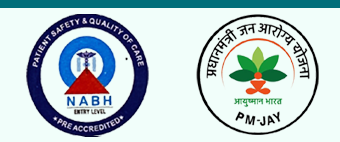Eye tests and general examinations often are conducted to detect the possible presence of these types of eye problems commonly found in young children:
Decreased vision your Childs’s eye may have some vision problem. The child should be examined to provide the best possible vision with glasses.
Lazy eye (amblyopia)
Your child’s eyes should be examined for early detection of vision problems such as lazy eye or amblyopia, in which one eye is weaker than the other. With amblyopia, eye patching often is used to help strengthen the weaker eye.
Unfortunately, amblyopia is not always correctable with eyeglasses or contact lenses and may require eye patching to strengthen the weaker eye
Misalignment of eyes (strabismus) – Crossed or misaligned eyes can have different causes:
- Problems with muscle control in the affected eye or eyes. If strabismus persists in young children, a condition known as lazy eye or amblyopiacan develop along with related vision problems
- Inability to maintain alignment of both eyes for correct focus as distant objects move nearer (convergence insufficiency
Focusing (accommodation), color vision, and/or depth perception problems
The eye doctor may also test your child’s focusing ability. The child’s depth perception or ability to gauge distances between objects may also be examined. Color vision may be tested through methods such as placing a dot pattern of symbols within a pattern of dots made up of other colors.
General eye and eyelid health
To assess a child’s general eye health, the eye doctor will examine his or her eyelids and lid margins, looking for shape irregularity and discharge on the lashes or lid margins. The eye doctor may turn the lower lids inside out (Evert) to look for abnormal or infected eyelash follicles, bumps (papillae), discharge, and swelling . Your eye doctor may examine the cornea, iris & lens to look for cloudiness (opacities) or other irregularities.
Signs of Vision Problems in a child
- Frequent squinting
- Cloudy cornea
- Unequal pupil size
- Extreme sensitivity to light
- Eyes that don’t move together
- Crossed eyes
- Eyes that jiggle
- Difficulty seeing far objects
- Drooping eyelids
- Eyes that itch or burn
- Dizziness
- Frequent headaches
- Looking off to the side
- Consistently sitting too close to the TV or holding a book too close
- Squinting
- Tilting the head to see better
- Frequent eye rubbing
- Sensitivity to light
- Excessive tearing
- Closing one eye to read, watch TV or see better
- Avoiding activities that require near vision, such as reading or homework, or distance vision, such as participating in sports or other recreational activities
- Complaining of headaches or tired eyes
- Receiving lower grades than usual

